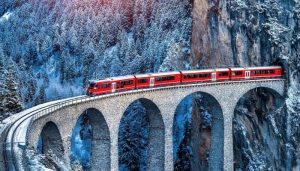The tourism board of the Himalayan nation aims to enhance guide employment, revenue, and safety for tourists.

To increase safety and employment in Nepal’s Himalayan region, independent trekking is prohibited in protected areas and national parks from April. All foreign trekkers, including cyclists, must be accompanied by licensed guides obtained through registered trekking agencies. The Nepal Tourism Board expects this measure to discourage unauthorized trekking, create tourism employment, and enhance visitor safety.
A TIMS card acting as a permit is necessary for trekkers, obtained through their trekking agency, at a cost of 2,000 Nepalese rupees (£12.50) for most international visitors, up from 1,000NPL for those on group treks. Nepal’s trail infrastructure draws tens of thousands of adventurers annually, with over 171,000 visitors trekking in 2019, of whom 27% (46,000) opted not to hire a guide or porter, as reported by the NTB. In 2022, with the tourism industry still in recovery from the pandemic, more than 19,000 trekked without guidance.
High-altitude trekkers face altitude sickness, extreme cold, whiteouts, and getting lost. Low-altitude regions experience climate change’s effects, resulting in an increasingly extreme monsoon season, more landslides, and a shapeshifting trail in the Annapurna region, making navigation challenging. According to the Nepal Tourism Board, there are 10-15 annual trekker fatalities, but the website missingtrekker.com, which tracks missing and deceased trekkers in the mountains, reports lower figures of five fatalities in 2022, two in 2019, three confirmed cases in 2018, and seven unconfirmed cases. No data is available for 2020-21, while five fatalities occurred in both 2016 and 2017.
According to Ed Douglas, co-editor of the Alpine Journal and author of Himalaya: A Human History, Nepal’s tourism ministry has been steadily increasing bureaucracy and costs for trekkers and mountaineers. He expressed concerns that the new rule could deter some tourists and questioned whether it would actually improve safety. He also raised doubts about whether there are enough qualified trekking guides in Nepal to meet the demand. However, he acknowledged that trekking agents will benefit from the increase in business.



